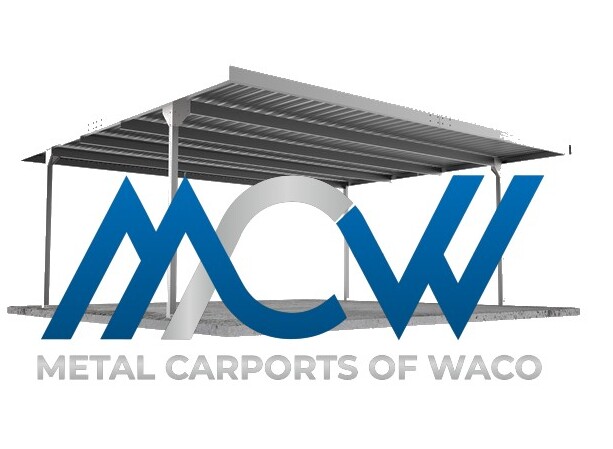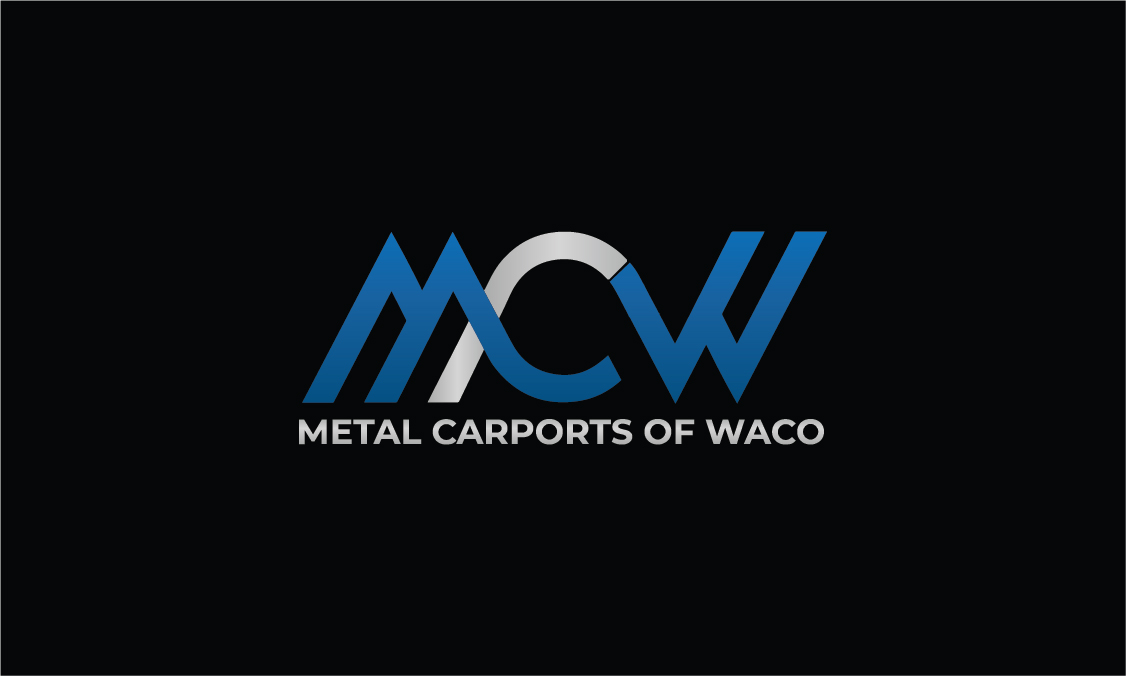Introduction: In the world of automotive engineering, the use of metal carports has long been a cornerstone of durability, strength, and safety.
Strength and Structural Integrity: One of the primary reasons for using metal carports is their exceptional strength and structural integrity. Metals such as steel and aluminum offer high tensile strength, allowing car components to withstand extreme forces and impacts without compromising their functionality. Whether it’s the frame that provides the vehicle’s backbone or the intricate parts within the engine, the robust nature of metal ensures the safety of drivers and passengers.
Durability and Longevity: Metal carports are known for their longevity and ability to withstand harsh environmental conditions. They offer excellent resistance to corrosion, making them ideal for withstanding exposure to moisture, salt, and other corrosive elements. This durability significantly extends the lifespan of vehicles, reducing maintenance costs and enhancing reliability.
Versatility and Design Freedom: Metals provide automotive engineers with a wide range of options in terms of design and versatility. Through various fabrication processes like casting, stamping, and machining, metal parts can be shaped into complex forms that meet specific design requirements. This flexibility enables the creation of intricate components that optimize performance and efficiency while adhering to safety standards.
Commonly Used Metals in Automotive Manufacturing:
- Steel: Known for its exceptional strength and affordability, steel is widely used in car parts such as the frame, doors, hood, and suspension components. Its high durability and crash resistance make it an essential material for ensuring passenger safety.
- Aluminum: Recognized for its lightweight nature, aluminum is often used in the manufacturing of engine blocks, cylinder heads, and body panels. Its low density contributes to fuel efficiency and improves overall vehicle handling.
- Magnesium: With its excellent strength-to-weight ratio, magnesium is utilized in certain car parts to reduce weight and enhance fuel economy. It is commonly found in transmission cases, steering wheels, and engine brackets.
- Copper and Brass: These metals are primarily used in electrical components due to their excellent electrical conductivity. They are found in wiring, connectors, and other electrical systems within the vehicle.
Future Trends and Advancements: The automotive industry continues to evolve, with advancements in materials science and engineering driving innovation in metal car parts. Lightweight materials such as carbon fiber composites and high-strength alloys are being explored to further reduce vehicle weight while maintaining structural integrity. Additionally, the integration of smart materials and sensors within metal components is expected to enhance vehicle performance and safety.
Conclusion: Metal carports form the foundation of modern automobile engineering, providing the necessary strength, durability, and design versatility required for optimal performance and safety. From the earliest days of automotive manufacturing to the present, metals like steel, aluminum, and magnesium have played a crucial role in shaping the vehicles we drive today. As technology continues to advance, metal car parts will undoubtedly remain an integral part of automotive engineering, ensuring the vehicles of the future are both safe and efficient.

